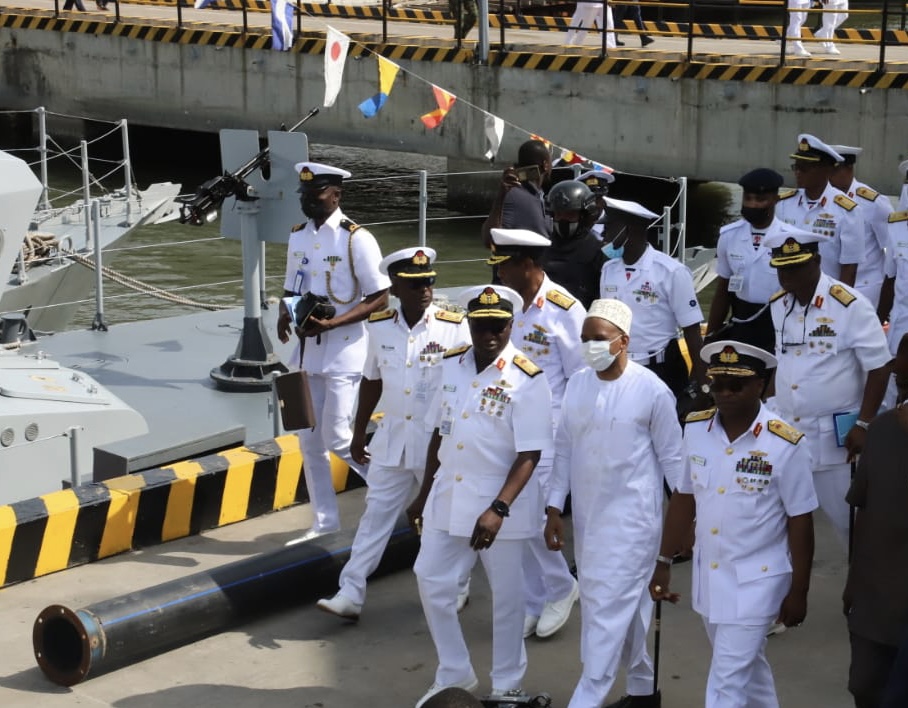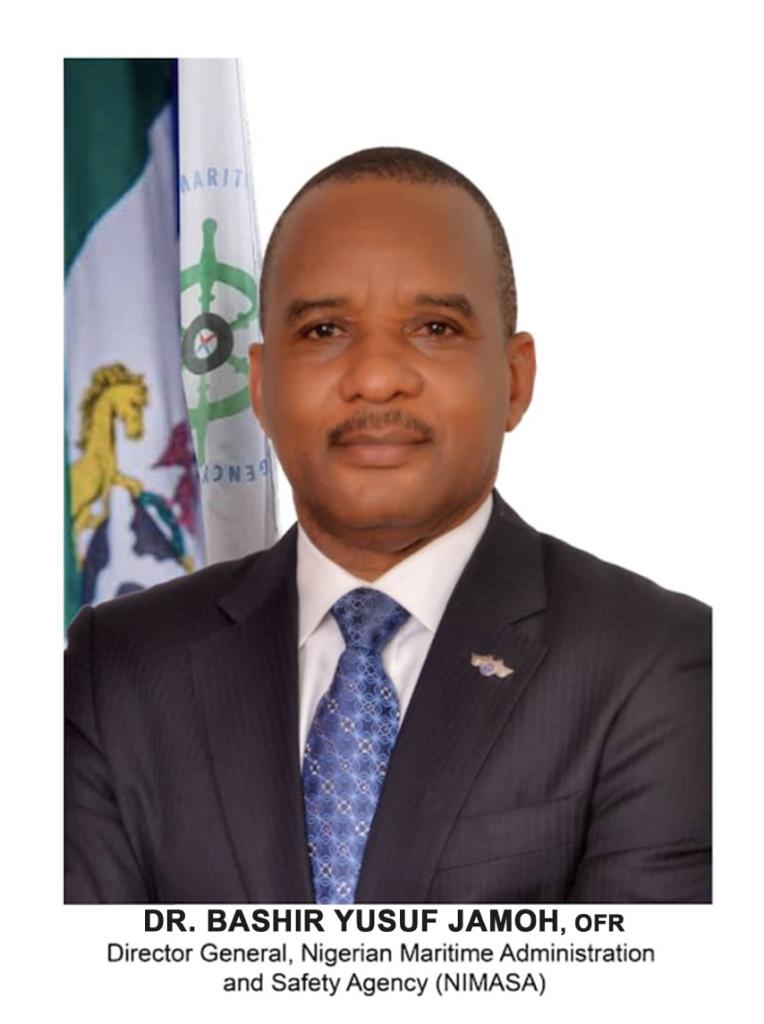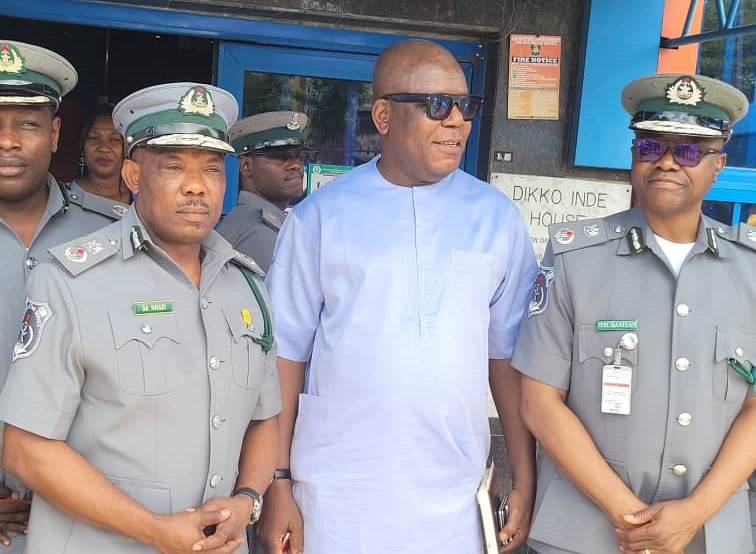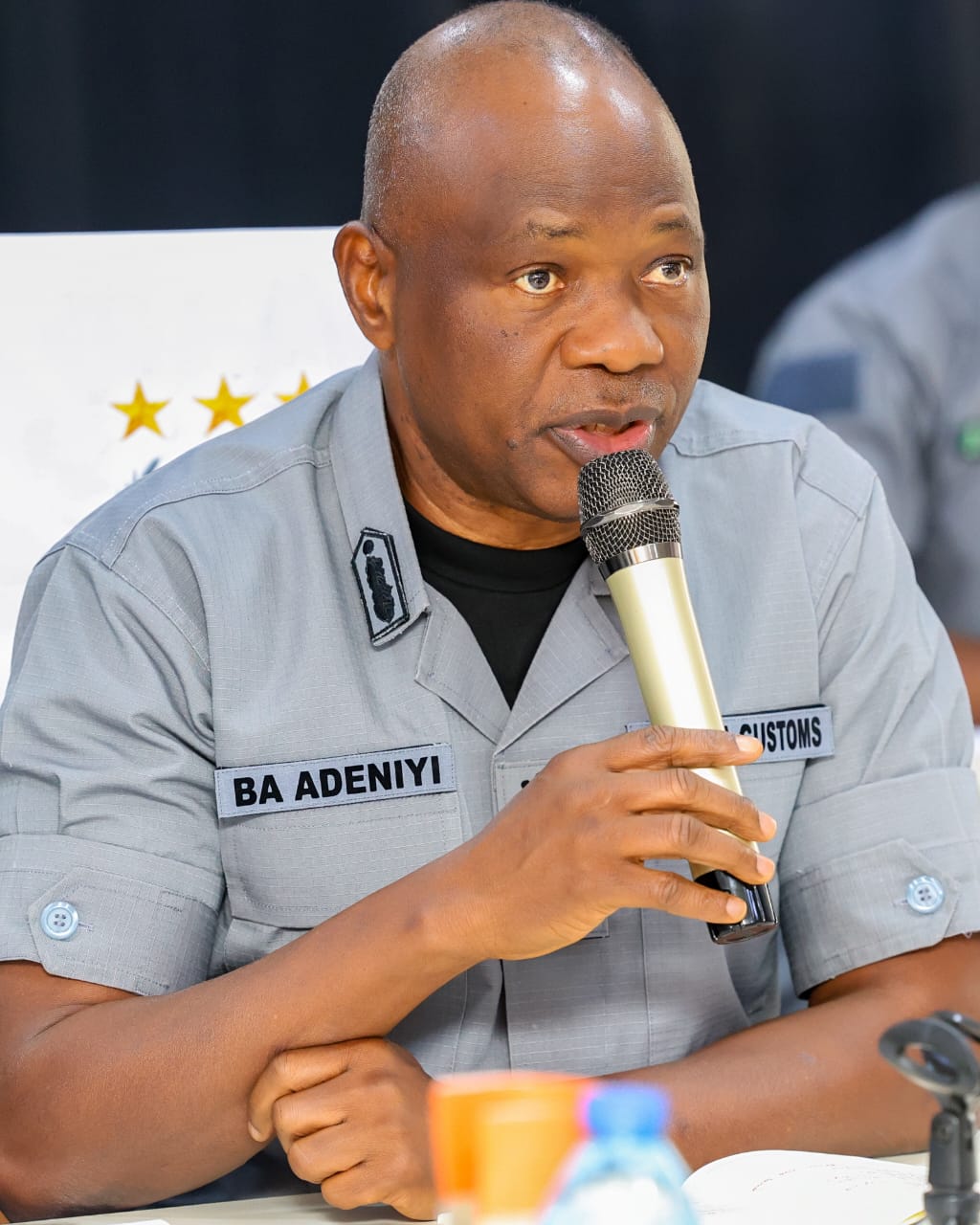Maritime
SILHOUTTE: May 29 And Moribund State of DBP Assets (1)

BY EGUONO ODJEGBA
Whereas the port economy is challenged on many fronts, same way other sectors of the national economy largely are, perhaps, what makes the state of our ports peculiar is the continuous huge investments of infrastructure and assets deployment by relevant agencies since the outgoing administration came onboard in 2015.
Between the Nigerian Maritime Administration and Safety Agency (NIMASA), Nigeria Navy (NN) and the Nigerian Ports Authority (NPA), more than twenty five billion naira, conservatively, has been expended in acquiring infrastructural systems and assets to develop and continuously deepen nation’s maritime domain awareness (MDA) capacity building.
The objective is to enhance the security of international trade by reducing piracy and sea robbery, and to engage in safety measures through monitoring, search and rescue.
Between 2015 and 2021, various assets and infrastructural systems were developed and deployed under the ubiquitous Integrated National Security and Waterways Protection Infrastructure, otherwise known as the Deep Blue Project (DBP), with NIMASA, understandably leading with a great number of the investments.
Indeed, the DBP has been structured into three phases, with the first phase seemingly visible and functional or else, functioning by half or nigh dysfunction, depending on the position one is looking at the entire gamut.
In the eight years of the outgoing President Muhammadu Buhari APC led government, NIMASA, NN and NPA together pulled more money from the system than was probably available for all university teachers within the period under review; whilst the objective of the expenditure appears however, defeated.
Primarily designed to enhance maritime security, safety, search and rescue, and to some extent regulations and control, the DBP is not only still at infancy and trial level, with some benefit of hindsight, and with lots of hesitation, one can say that the supporting assets are barely functional.
Even though there are indications that the NN Falcon Eye, one of the earlier maritime security systems to be developed in the life of the outgoing administration has become more of a political ornament than an operational platform; it would appear that the navy keeps recycling it for relevance, with no commensurate proof of productivity.
The Israeli designed Falcon Eye maritime domain awareness system was procured supposedly with the capability to monitor and track movements within the nation’s territorial waters, upwards to the Gulf of Guinea (GOG). In 2015, Rear Admiral Raphael Osondu said the Falcon Eye was an integrated technological innovation to beat owing to its purported essential framework to provide effective counter anti-piracy measures, vide its profound elements and super structure.
Two weeks ago, the Chief of Naval Staff, Vice Admiral A.Z Gambo said the navy will continue to improve on its surveillance capacity through continuous investment in infrastructure to be able to properly secure the nation’s maritime domain.
Gambo who was represented by Commodore Emmanuel Anakwe, mni, made the assertion while delivering a lecture on the effect of piracy in Nigeria at the national stakeholders and civil society summit held recently in Abuja.
He said,” The NN intends to continue to invest in MDA infrastructure as a force multiplier for enhanced operational efficiency. Evidently, improved surveillance capacity remains crucial to the security of the maritime domain and the completion of the ongoing Falcon Eye System as well as follow-on maintenance of the MDA systems will thus be critical lines of effort to enhance knowledge of the nation’s maritime environment for improved ocean governance.”

Above statement is perhaps the strongest possible indication about the dilapidated state of the Falcon Eye, as the naval boss further disclosed, “Effort is therefore ongoing to integrate tactical and operational UAVs into the MDA systems to ensure all-round surveillance of the heavily forested backwaters which are not fully covered by existing infrastructure.”
Official reports say the Falcon Eye has a range of up to 35nm limit from the coast, well beyond the 12nm limit of Nigeria’s territorial seas. The navy in 2021 maintained that Falcon Eye is engineered to generate real time situational awareness, by utilizing a number of radars, electro-optic systems and cameras, which are operated from a command centre.
Side by side with Falcon Eye is also NPA’s Command, Control, Communication, And Intelligence System (CCCIS) and NIMASA intimidating C4i, yet, piracy, crude smuggling and bunkering, illegal ship-to-ship mid sea discharge and other maritime related criminalities holds sway.
While CCCIS was developed to cover maritime activities in the six ports and four piltotage districts supporting required information and data needed by the industry, the NIMASA C4i Operational Centre located at Kirikiri Lagos, is designed to provide a wide range integrated maritime surveillance and security infrastructure.
NIMASA Director General, Dr. Bashir Jamoh OFR, maintain that C4i, an acronym for Command Control Computer Communication Information System is the central nerve for all MDA.
Last year, NIMASA according to Jamoh took delivery of additional mobile assets to further enhance the operability of DBP, which included two unmanned aircrafts, 9 interceptor patrol boats and 10 armored vehicles; which were reportedly commissioned by President Buhari .
During the commissioning, Jamoh said, “These newly procured assets would assist us in building on the gains already recorded in the fight against piracy, sea robbery, oil theft, kidnapping, illegal fishing activities and others.”
While DBP operates in three platforms vis-a-viz land, sea, and air, the land assets include C4i, 16 armoured vehicles for coastal patrol, and 600 specially trained troops for interdiction, known as Maritime Security Unit.
The sea assets comprise of two Special Mission Vessels and 17 Fast Interceptor Boats. The air assets comprise of two Special Mission Aircraft for surveillance of the country’s Exclusive Economic Zone (EEZ); three Special Mission Helicopters for search and rescue operations; and four Unmanned Aerial Vehicles amongst others.
In the last category belong the Cessca 3J Citation aircraft, which together with others are believed to have remained epileptic and thus hardly justified the huge funds expended in acquiring them.
So far their acquisitions have since become controversial as those whose business it is to know say most of the assets were refurbished and far from been new; hence prone to repeated break downs.
While HLSi, the contractor managing the assets declined to respond to our reporter’s inquiry about the state of the assets, insiders corroborated industry gist that while some of the assets were purchased on second hand value, others had almost outlived the expiry manufacture date.
Pinnacle Time can report authoritatively that some of the assets are grounded and wasting away in different locations; a clear sign that the investments have been bogged down by the Nigerian factor.
Perhaps what worked in Nigeria’s favour with the zero piracy incidence for last year and first quarter of this year is sheer providence, in view of the pitiable condition of the DBP assets. Hopefully, above is the security condition of the maritime industry soon to be inherited by the incoming government; which cannot afford to depend on good luck rather than efficient track record.




























